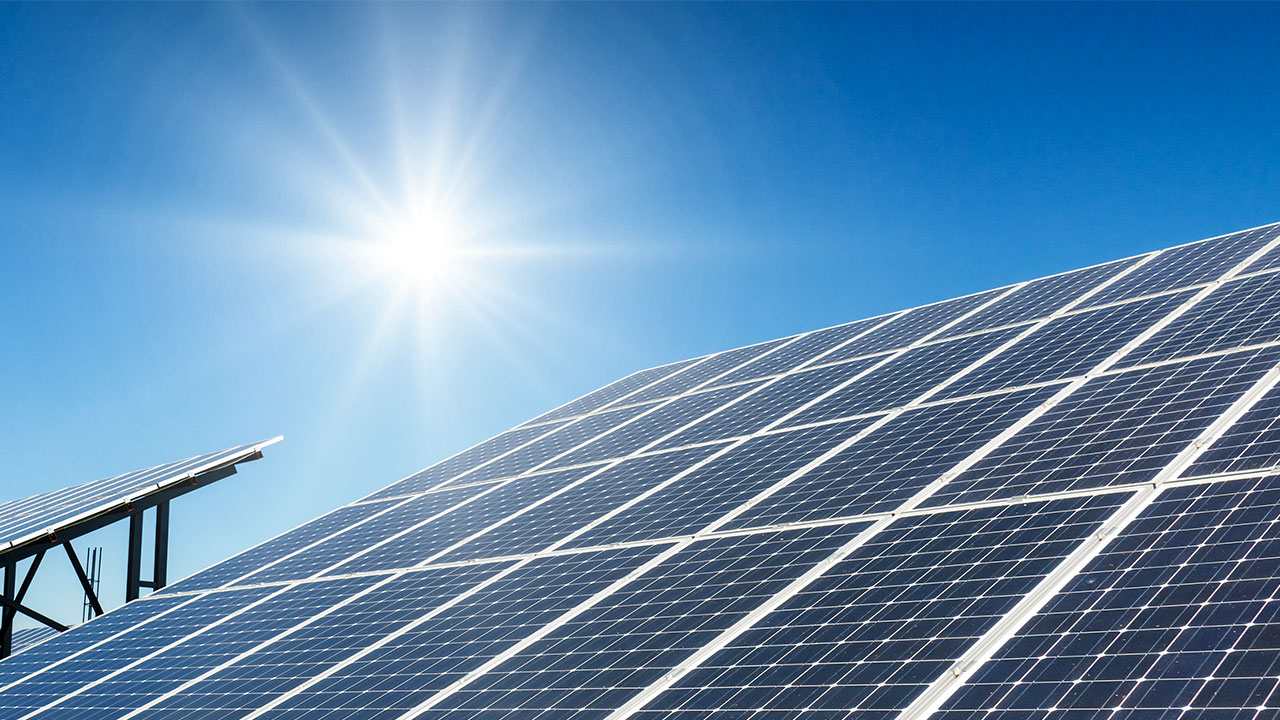A research team at the Norwegian University of Science and Technology (NTNU) has developed a new method for using semiconductor nanowires to be used in solar cells. This new method doubles the efficiency of Si type solar cells. In addition to increasing efficiency, we can also mention the cost-effectiveness of this method.
“We have developed a new method for the use of gallium arsenide (GaAs) that uses nanostructures,” said Anjan Mukherjee, a doctoral student at the University of Electronics and a key member of the research team. “So we can increase the efficiency of solar cells by using this method.”
Gallium arsenide has long been known as the best material for making high-efficiency, high-quality solar cells. The reason is the high light absorption power of this material and its special electrical properties. This makes gallium arsenide a viable option for space solar panels.

However, the production of solar cells with gallium arsenide is very expensive, and as a result, researchers are looking for ways to reduce the materials used to make these cells. This is where nanowire structures come into play. These elements can potentially increase the efficiency of solar cells compared to standard solar cells. However, less materials are needed to make them.
Using gallium arsenide in nanowire structures, researchers have found a new way to make solar cells that can increase efficiency by up to ten times depending on the weight and dimensions of the solar cell.
Researchers are now developing nanowires using a method called “molecular beam epitaxy.” This process can not produce materials in bulk. However, the use of tools on an industrial scale, such as metal-organic vapor deposition, makes it possible to produce useful materials in high quantities.
Combining these nanowire-based solar cells into one Si cell can increase the efficiency of a solar cell by up to 40%. The study is published in the journal ACS Photonics.






















































